ART NOUVEAU 2 PROJECT PARTNERS
Starting with the “ART NOUVEAU - Sustainable protection and promotion of Art Nouveau heritage in the Danube Region” project, 2017-2019, the partners developed a digital database, which represents one of the most comprehensive collection of digitalized detailed record cards of Art Nouveau buildings in the Danube Region (https://www.andanube.eu/).
During this process, the partners got an extended overview of how many others (re)sources containing valuable information related to this art movement exist. Therefore, with the “ART NOUVEAU 2 - Strengthening the cultural identity of the Danube region by building on common heritage of Art Nouveau” project, 2020-2022, the project partners are developing a digital catalogue – artnouveaudigitalcatalogue.patrimoniu.ro - which will gather the digital platforms related to the Art Nouveau heritage in the Danube Region and will expand in future to an European level.

The National Institute of Heritage [NIH/INP] is the main central institution, under the authority of the Ministry of Culture, responsible with implementing public policies in the field of cultural heritage in Romania. NIH follows the tradition of the Commission of Historic Monuments, the first public institution in the field in Romania, established by the 1892 law for the conservation and restoration of public monuments.
NIH is charged with research, inventory, protection and enhancement of all categories of cultural heritage – immovable, movable, intangible, digital – activities and manages the official inventories of cultural heritage and various digital databases and repositories. NIH preserves the archive of the Historical Monuments Commission, from 1892, and of the institutions that followed it, including the photo and film library of cultural heritage. NIH publishes the annual professional journals for immovable heritage, the Bulletin of the Historical Monuments Commission, the Journal of Historic Monuments and the Archaeological Research Chronicle.
In the field of digital sources, the institute is the national aggregator for the European Digital Library (europeana.eu). The website e-patrimoniu.ro, launched in May 1996, is the main gateway to the Romanian cultural heritage, including: museums, movable cultural heritage, archaeology, historic monuments, rare books, numismatics, ethnography, performing arts, old books and manuscripts, e-books, culture law and digital maps. Moreover, NIH is also the national aggregator for the e-cultura project, which digitize objects for the Romanian digital library and ensures the communication between the cultural institutions offering the printed/ analogue sources and the technical support to perform the digitization. For the project “ART NOUVEAU 2 - Strengthening the cultural identity of the Danube region by building on common heritage of Art Nouveau”, NIH assumes the role of coordinating the development of the Art Nouveau Digital Catalogue, a collection of online platforms from the Danube region which can offer relevant bibliographical sources related to Art Nouveau to researchers and the general public.
During the project “ART NOUVEAU 2 - Strengthening the cultural identity of the Danube region by building on common heritage of Art Nouveau”, NIH contacted the most important institutions from Bucharest and Romania to contribute to the development of the Art Nouveau Digital Catalogue.
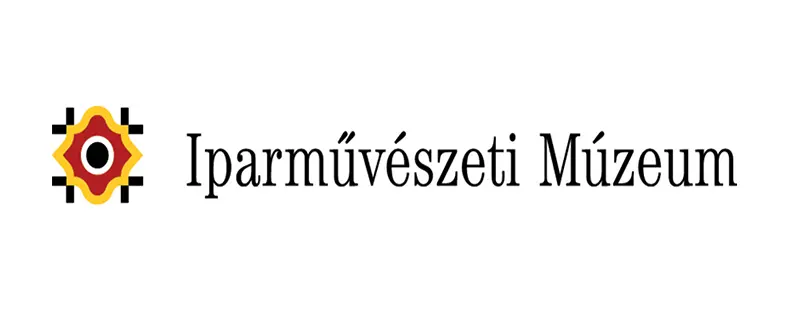
The Museum of Applied Arts [IMM] is Hungary’s national museum of decorative arts and design, with a collection of about 100.000 objects. It is the central institution in Hungary aimed at the preservation, research and dissemination of decorative arts. Special highlights in the collection include Art Nouveau, Islamic Art, the Esterházy Treasury and the collection of contemporary design. IMM is the primary repository of Art Nouveau art in Hungary – including glass, metalwork, ceramics, furniture, ex libris, printed materials etc. – and is a centre of research in this field, with long-standing cooperation with international partners. The museum is a prominent member of Réseau Art Nouveau Network and was the initiator of the World Art Nouveau Day event, in 2013. Being one of the leading museums in Budapest, IMM has an extensive experience of developing and realizing research and digital projects in cooperation with institutions from Budapest.
IMM was previously a project partner and work package leader in the Partage Plus project (partage-plus.eu) which digitized Art Nouveau materials from European public collections for the Europeana portal. Within the framework of the project, a virtual Art Nouveau exhibition was also created with materials from the IMM collection. As work package leaders responsible for dissemination activity in the Partage Plus project, IMM has considerable expertise in finding ways of presenting and publishing the results of research and European projects. Through digitisation and digitalisations, IMM developed a database for online thematic collections, of which six thematic collections are directed related to the Art Nouveau movement.
During the project “ART NOUVEAU 2 - Strengthening the cultural identity of the Danube region by building on common heritage of Art Nouveau”, IMM contacted the most important institutions from Budapest and Hungary to contribute to the development of the Art Nouveau Digital Catalogue and also digitized valuable pieces of its Art Nouveau collections, which will become more accessible to the researchers and the general public.
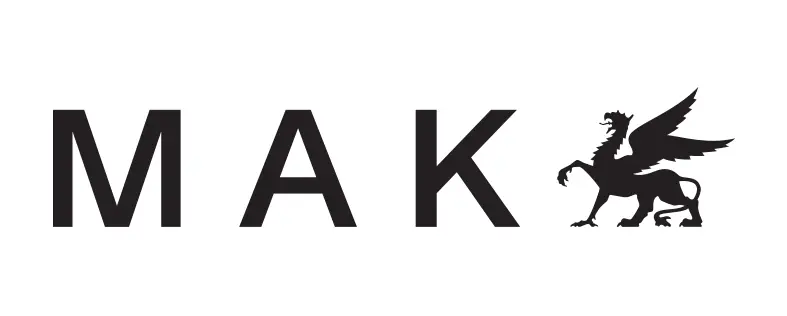
The Austrian Museum of Applied Arts [MAK] is a recognised competence centre of Art Nouveau and was founded in 1863 during the imperial period to collect from all parts of the Austrian-Hungarian Empire. Taking into consideration that the Danube-specific form of manifestation of Art Nouveau, “Viennese Secession”, and the subsequent “Wiener Werkstätte” were developing within the same period of time starting from the same city, the MAK was following the development of these movements from its beginnings.
MAK library offers access to 200,000 books on art, design, applied and non-European art, architecture, contemporary art, and museology, as well as to some 3,900 journals. This comprehensive collection is complemented by 400,000 works on paper (hand drawings, graphic works, posters, photographs, and bequests) and by the world’s oldest archive of resources on the applied arts. The collection makes the MAK Library and the Works on Paper Collection one of the leading institutions of its kind in Europe and a major centre of scholarly research. The MAK Library contains a wide range of important Art Nouveau literature, like influential Art Nouveau magazines, relevant monographs or significant estates of Art Nouveau artists and architects.
The MAK’s digital collection database offers the possibility to access core data and visual information for about 230.000 objects from all areas of the MAK Collection. The most relevant collections in relation with Art Nouveau research are: Glass and Ceramics, Furniture and Woodwork, the MAK Library and Works on Paper Collection as well as the Metal and Wiener Werkstätte Archive. The MAK is also home to the world’s largest museum collection of Wiener Werkstätte objects, covering the association’s entire productive period.
MAK provides expertise in all types of museum activities – art-history research, expertise in collecting, preserving and exhibiting, know-how in digitisation and cataloguing types of sources related to libraries, competences in communication targeting at visitors.
During the project “ART NOUVEAU 2 - Strengthening the cultural identity of the Danube region by building on common heritage of Art Nouveau”, MAK contacted the most important institutions from Vienna and Austria to contribute to the development of the Art Nouveau Digital Catalogue and also digitized valuable publications related to the artistic movement.
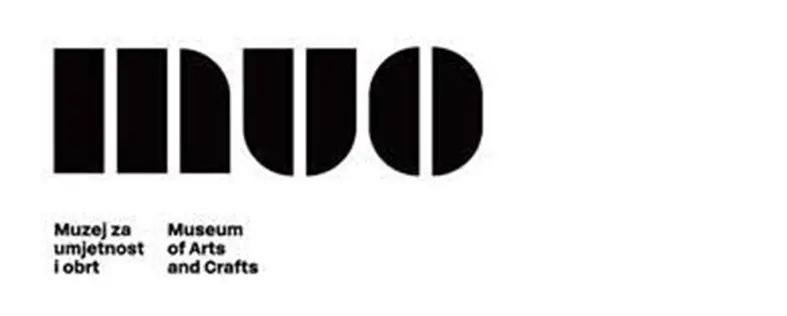
The Museum of Arts and Crafts [MUO], founded in 1880, has nowadays at its disposal holdings containing about one hundred thousand items of the fine and applied arts, from the 14th to the 21st century, organized into a number of collections. Through the 3000 displayed objects, one permanent exhibition hall is dedicated to Art Nouveau period, being part of different types of collections: furniture, glass, metal, ceramics, sculpture, painting, graphic art, clocks and watches, graphic and product design, architecture, photography and photographic equipment, fabric and fashion, musical instruments, ivory, printing and bookbinding. Different exhibitions of Art Nouveau were held in Croatia between 1977 and 2003, in addition to several thematic exhibitions concerning that period (“Alfons Mucha” in 1982, “Art Nouveau Fashion in Croatia” in 1984, “Art Nouveau in Poland” in 1985, “Art Nouveau Architecture in Rijeka” in 1998). By involving additional promotional and cultural programs the Museum has expanded the meaning of art museum and has created its profile in the direction of promoting cultural history and enhancing the culture of the present day.
From 2012-2014, as part of Partage Plus project, MUO digitized over 5,000 objects from the fields of painting, sculpture, architecture and applied arts, and created about 200 3D models. It cooperated with 66 museums, libraries and private collectors from Croatia, therefore developing a strong network of cooperation with other cultural institutions. The terminology which was developed during this project enables the browsing of content in 17 languages of the participating countries. MUO was a partner in project Athena Plus – Access to cultural heritage networks for Europeana, which aimed to significantly increase the quantity and improve the quality of digital content available. MUO delivered more than 50,000 records and created a virtual exhibition “A Century of the Wristwatch” by using MOVIO tool developed during the project.
During the project “ART NOUVEAU 2 - Strengthening the cultural identity of the Danube region by building on common heritage of Art Nouveau”, MUO took advantage of the opportunity to generate inventories dedicated to Art Nouveau from its own library and to return to the collaborations previously developed through the digitization projects, enriching the Art Nouveau Digital Catalogue with Croatian resources.
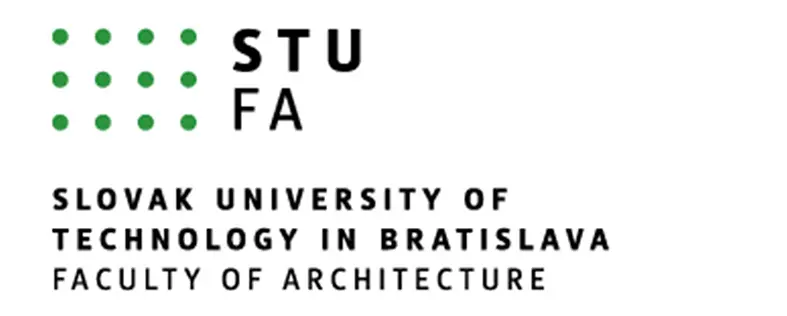
The Faculty of Architecture of the Slovak University of Technology in Bratislava [STUBA] is a modern educational and scientific institution. The main focus of STUBA within their research activities is on the relationship of architecture, man and environment from the point of environmental, ecological, cultural and sustainable principles. Specific role in the research plays the preservation and rescue of historical monuments, sites and neighbourhoods. The Institute of History and Theory of Architecture and Monuments Restoration is engaged in world and local history of architecture and urban planning and general theory of architecture. International recognised experts in history of the 20th century architecture and urban planning assure the know-how in research, educational programs and promoting activities dedicated to the Art Nouveau heritage. The competences of STUBA are supported by its long term experience in research work on national as well as international joint projects, most relevant in connection with the present project being DANUrB: “DANube Urban Brand”, MobEx – Water and City – Brownfields, Euroscapes – green management plans for European urban and periurban landscapes.
The Art Nouveau architecture and town planning legacy represents an important part of the cultural heritage in Slovakia and Bratislava in particular. The STUBA library offers a range of publications focusing on Art Nouveau architecture and art, the historical context of the turn of the century, as well as an overview and characteristics of the life and work of architects, artists and builders creating in the era of Art Nouveau and the modern era. Peer-reviewed scientific journal focuses on issues concerning the history and philosophy of architecture and urbanism, reviews and assessments, comparative or case studies and articles drawing on interdisciplinary research.
Part of the Slovak participation in the project “ART NOUVEAU 2 - Strengthening the cultural identity of the Danube region by building on common heritage of Art Nouveau” is represented by the enrichment of the digital platform Coolnouveau, which provides a brief professional overview of Art Nouveau architecture and urban context in Bratislava, presenting the most important Art Nouveau works and their creators in Bratislava with an emphasis on the influence of the Viennese and Hungarian Art Nouveau. Also, STUBA contacted relevant institutions in the field of archive and libraries to expand the Art Nouveau Digital Catalogue in Slovakia.
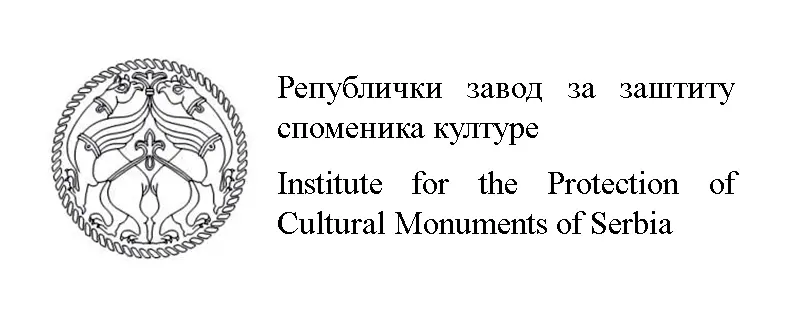
The Republic Institute for Protection of Cultural Monuments [RIPCM] is a head institution for the protection of immovable cultural monuments. The jurisdiction of the Republic Institute is to prescribe technical protection measures for monuments of exceptional importance for the Republic of Serbia, as well as for all other categories of immovable cultural heritage on the second level. Among the activities, the most relevant for the ARTNOUVEAU2 project are: research and inventory of monuments; keeping the register and documentation of cultural properties; implementation of measures of technical and physical protection of cultural properties; issuing publications on cultural monuments and on the results of work on their protection and organizing lectures and other appropriate forms of cultural and educational activities.
RIPCM manages the Information system of the immovable cultural property (IMP), designed to store digital and digitized data of immovable heritage of the Republic of Serbia. The Institute develops methodologies and instruments for research in different heritage sectors, inclusive for Art Nouveau artistic style in Serbia, and have the know-how through its specialists to disseminate at national, regional and local level its experiences. During the project “ART NOUVEAU - Sustainable protection and promotion of Art Nouveau heritage in the Danube Region” (2017 – 2019), the contribution of RIPCM was substantial especially in the development of the Art Nouveau digital repository with valuable elements of Art Nouveau heritage in Serbia through 3D building models, drone and interiors photography etc.
During the project “ART NOUVEAU 2 - Strengthening the cultural identity of the Danube region by building on common heritage of Art Nouveau”, RIPCM contacted the most important institutions from Serbia to contribute to the development of the Art Nouveau Digital Catalogue in the field of archive and library.
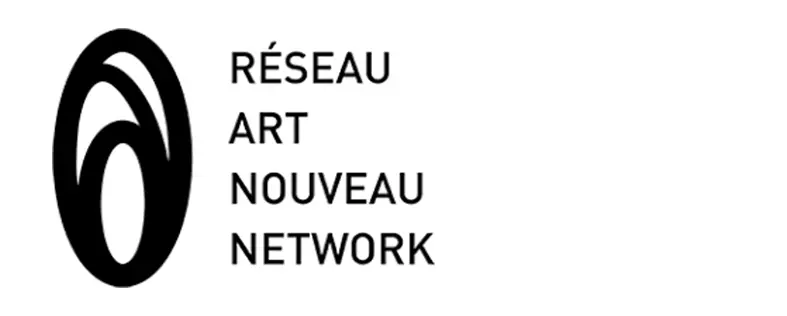
Established in 2007, Réseau Art Nouveau Network [RANN] is a non-profit association of a large group of institutions from various European cities with Art Nouveau heritage. Research, conservation and proper exposure are the key objectives of the RANN programme. As well as championing a rigorously scientific approach, which aims to keep professionals informed and to make the general public aware of the cultural significance and European dimension of this heritage. In 2013, RANN obtained the international recognition of its 14 years of cooperation by receiving Europa Nostra jury’s special mention. One year later RANN certified Art Nouveau itinerary as one of the Cultural Routes of the Council of Europe.
The involvement in cooperation projects is part of RANN activities. The two Interreg Danube projects developed during the last five years offered the possibility to involve the organisation in different types of activities, to contribute through professional advice and support to the high quality of projects results through the members of RANN, which are one of the most renowned scholars in the field of Art Nouveau from all over Europe.
In regards to the Art Nouveau Digital Catalogue, RANN acts as an aggregator which connects different institutions that oversee the management of online platforms related to Art Nouveau artistic movement from in different European countries. The Catalogue is important for the RANN, because it acts as an instrument through which the association can offer support to the researchers of Art Nouveau in entire Europe.
The Art Nouveau Digital Catalogue represents a result of the ART NOUVEAU 2 project, co-founded by the European Union funds (ERDF, IPA, ENI).
© Copyright 2021 - All Rights Reserved
